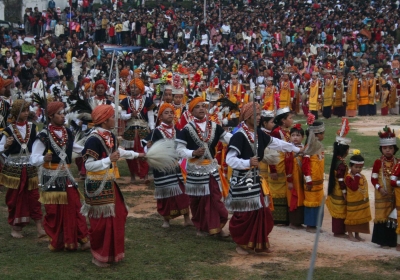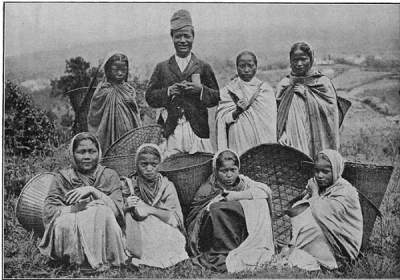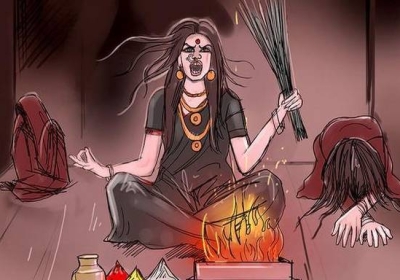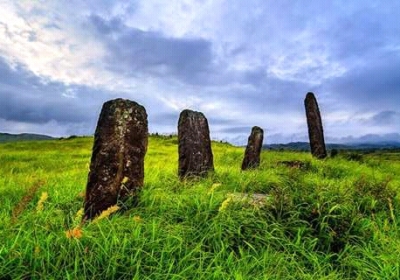Khasi Heritage: The Harbinger of Enlightenment
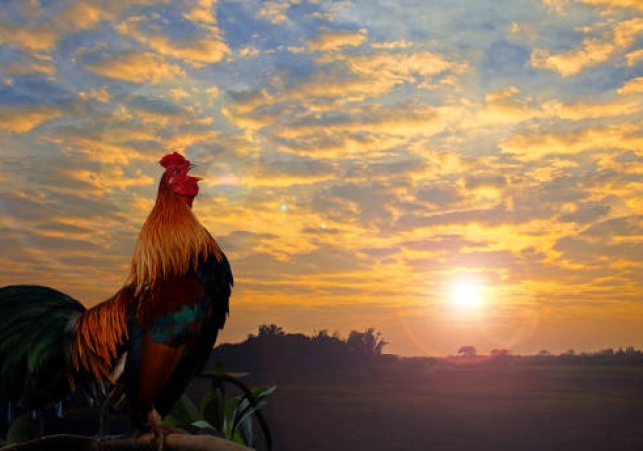
After a long search, the hawk discovered a naked and worthless creature who did not seem to have any aptitude to perform such a noble task, but the divine assembly commanded the naked fowl to attend the congregation. The fowl was ashamed of his trivial appearance because he neither had any feathers on his body or any agility to undertake such an imposing responsibility. Nevertheless, there is no other option except to make a desperate attempt with any available creature, and the fowl reluctantly accepts the command of the divine council. The congregation had already resolved to reward him with a majestic crown and an exquisite robe, if he accomplished the mission. Without any expectation of reward or surety of success, he just took an acquiescent duty to execute the task without complaining and his humility had paved an easy route to the threshold of the cavern.
The fowl was well mannered at every stage of his encounter before arriving at the cave, and sought the permission of Mother-Sun to enter. When permission was granted, the humble fowl stood in the corner with a plea of respect to the Mother-Sun with a justification on the well-being of the entire environment. The Mother-Sun was greatly impressed with the behaviour of the fowl and his etiquette melted her heart so that she could not afford to refuse his sincere appeal. The Mother-Sun made a commitment to the fowl that she would agree to resume her duty only if he promised to crow for three times before she rise again to shed light upon the universe. The honest fowl conformed to her direction and promised to perform his task as desired by the Mother-Sun.
The fowl arrived at the congregation without an iota of expectation or felicity and narrated everything as directed by the honourable Mother-Sun. The entire congregation rejoiced and coronated the fowl with a precious crown and valuable robe of colourful feathers. The speculation is rife about the onset of dawn, when the fowl shall crow for three consecutive times to await the rising of the sun. True to the promise of Mother-Sun and the declaration of the rooster, the sunrise appeared again from the horizon moments after he crowed three times. From that occasion, roosters wore crowns and feathers and the sunrise after the rooster crows is a universal phenomenon, which endorsed the foundation of the universal Khasi faith. There were jubilant once again in the universe and mankind acknowledged the sacred assignment of the rooster as the divine emissary and, from that moment, he was venerated as the harbinger of light into the universe. The rooster is the idolised symbol of enlightenment for humanity, which the Khasi community held in reverence for eternity.
The rooster is considered to be the ultimate sacred divine entity in the Khasi spiritual realm known as Khraw Jutang, which manifested in the indigenous Khasi faith. Literally, Khraw means great and Jutang means the covenant; so it was a great covenant that the rooster was given the privilege to crow three time before the sun rises to provide light, warmth and life. The rooster has multiple significance for the salvation of mankind through the divine intervention of the signs and symptoms indicated through the entrails and other portions of its flesh as sacrificial items. Since the collapse of the Diengiei tree and the detachment of the golden vine from the summit of the Sohpetbneng, the rooster marked the onset of the tradition of animal sacrifice in the indigenous Khasi religious faith to redeem the communication between the celestial and the temporal world. The rooster is the vital instrument of communication between divinity and humanity, and the entrails are perceived as the communion between the creator and humans, literally chanting in prayers as God and man. When a Khasi shaman or priest studies and examines the entrails of the rooster, they usually identify ‘God and man’ as symbols, which neither denote concrete matter nor masculine gender, because the divine is never personified in tangible form or category and that is why it is sacrilege to visualise divinity in images. The image of a rooster is not representational of the divine, but the spiritual counsellor for favour of human well-being with the forces of the divine. The sacrifice of a rooster in the rituals and ceremonies of the Khasi religious faith signifies several spiritual functions known as Rang Kynih Rang Phawar, Rang ‘Yiarkhad Khun Ka Blei, ‘Yiar Padat ‘Yiar Krad Lynti, and several other terms according to the relevant sequence of the ceremony. The signs and symptoms from the sacrifice of the rooster will provide clarity on any confusions or problems pertaining to the well-being of an individual, family, clan or community. In the cremation ceremony, the rooster paves the way for the departed soul from home and escorts all the way to the abode of the dead.
Hoi Kiw! U Khraw Jutang
La dum ka buit ka stad, laiphew jingthaw te la sakma;
Kyrkieh la dei ban wad, kupar jingthaw ban bah khala.
La khot la wer naphang, ban wanlam pat їa ka sngi;
Sha krem lamet latang, Ym don ba shlan ban їaid lynti,
Ka rai te ba la khlei, la kup bor te u hati;
Da bor u thmu ban kbei, la bitar te ka meingi.
Da ka tyndong sliew ding, shah kawang na khmut hati;
Shi ryta la khia la sting, d'u luta u snoh miet sngi.
La poi sa ka pali, ba shu pah u kohkarang;
Phuhmat la dur pyni, da lyngknot u shah kawang.
Shyrtong te na shyllang, ba u neh baroh shi ryta;
Ka maiñ u kohkarang, ba ym lah shuh ban kylla.
La poi te ka kutlad, ka dorbar ka dang ïaï thwet
baroh ki shu antad, malymboit ba la ïa klet.
Ï'u malymboit lymbiang, kem bikar te sha dorbar;
U thmu te ban kyrtiang, bym donbuit te ban korbar.
La khreh ka khor ka khriam, la ha khlieh pansngiat shyrtong;
Dorbar la khreh ka niam, kup burom haduh shynrong.
Mynsiem sngewrit u syiar, la u tba artat lynti;
Akor ka ba synlar, da la poi tyngkong ka sngi.
Kyrpad kyrpon u syiar, ba meingi ka sngewsynei;
Ï'u syiar ka da kular, laisien kynih kan mih pyrthei.
Ha krem lamet latang, shong palei te ka meingi;
Kynih u khraw jutang, ba ïasaid ban shai ka sngi.


